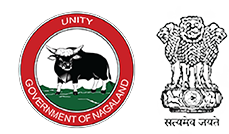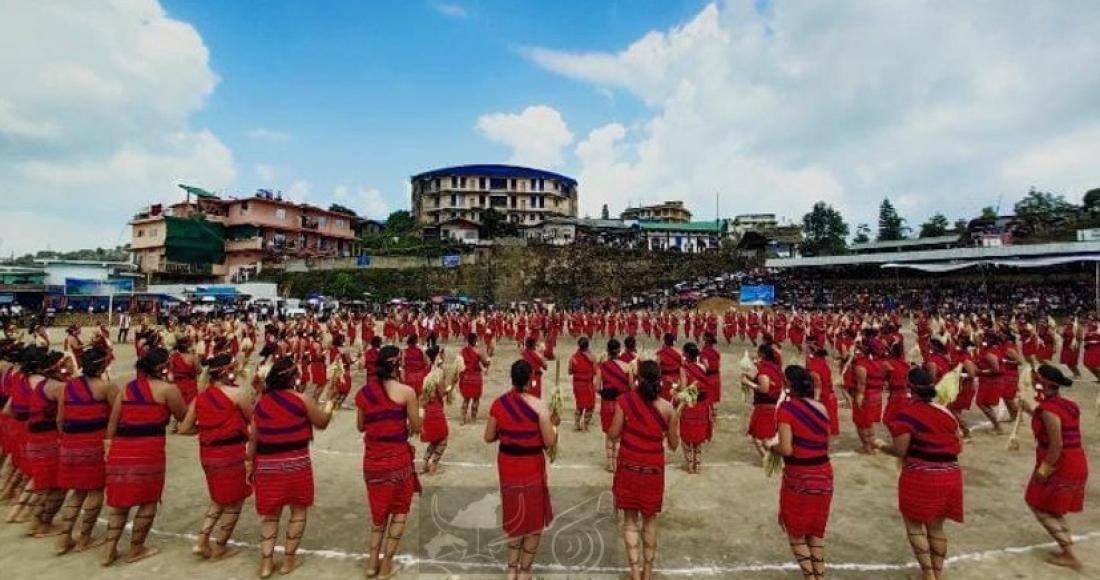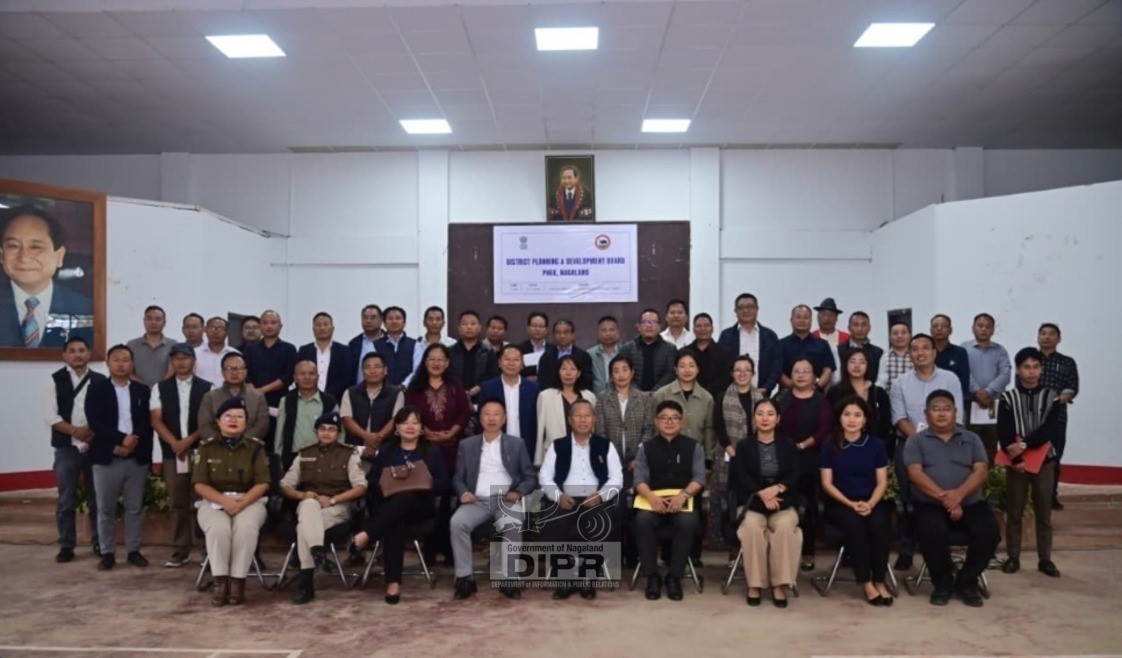STORY OF PHOM MONYIÜ
Monyiü is coined from two Phom words, “Mo” which means festival and “Nyiü” means mother or largest. Therefore, Monyiü is the biggest festival or the mother festival of the Phom Nagas. It is a spring festival.
To study Phom story, one has to trace back to Mount Yingnyiüshang. Phoms believe that there was a big village at one point of time at Mount Yingnyiüshang. In that village, one person was maintaining a beautiful flower garden. But to his bewilderment, he found that some flowers were missing from the garden every day. So he decided to keep a vigil to see who would be the offender.
Then in one break of the dawn, a beautiful lass sitting on a cloud appeared in the sky. She then softly descended in a thread to pluck the flowers from that beautiful garden. The man then promptly caught the girl and took her to his home. And when people observed that girl carefully, when alone she was playing a child’s game like what children call “kitchen kitchen”; but her play was heavenly. She was performing all the socio-cultural and political activities that human being would perform on this earth. Similarly, she was also enacting the Phom Monyiü by killing a grasshopper and slicing the meat to be given to the daughter, aunty, uncle, in laws and friends. And in this way the celebration of Monyiü festival was also born at mount Yingnyiüshang.
In modern time, in order to have an orderly celebration, the Phom Students’ Conference leaders resolved to celebrate Monyiü from April 1 to 6. Normally, it is observed after the sowing is done in their paddy fields, to invoke God’s blessings to have a bountiful harvest. Monyiü also marks the end of winter and the onset of the monsoon season.
The traditional Phoms also believed that the souls of the departed persons leave for their permanent home only after the celebration of the Monyiü. Therefore, Monyiü is also the time to bid good bye to the souls of dear and near ones who died in the foregoing year.
It may also be noted that in the ancient time, many people would die during summer due to various sicknesses. They, therefore, considered Monyiü as a dividing line between the dead and the livings. Hence, as future is uncertain, great love and concern would be shared among friends, relatives and members of their community by exchanging gifts, rice-beer, meat and various food items and also by making merriment.
Monyiü was also the time of great romance, especially for the young lovers. Thus, many young boys would take the risk to climb up lofty cliff, tall trees or swim over still water or strong current in search of beautiful flowers like minchiü (orchid), monyiü chiü (lily) and so on to gift it to their sweethearts.
Monyiü is also the time to show love and concern to the sisters and daughters who are married by inviting them to their parents’ or brothers’ home to celebrate the feast together.
Wealthy ones and warriors also exhibited their social status by dressing themselves and their family members with unique attires during Monyiü. The skull of the enemy killed in the war would also be displayed by performing rituals during the festival. Their houses would be decorated peculiarly during such occasion.
Monyiü is also the time when young boys and girls would be taught their customary practices, folk songs and dances. Monyiü is also the time when young boys renew their cordial relationship with their bosom friend by inviting for the feast, which is called “Mongchemba hahying”. Mongchem means “Friendship”.
The Israelites are very particular about the number. God completed creation in 6 days and took rest on the seventh day. Every after six years even the field is to be given rest by not cultivating on the seventh year. And after this cycle complete seven times, it will be49th year, the next year, the 50th year is called Jubilee. They celebrate it by blowing trumpet with a ram’s horn.
In the same way, the counting is very important for the Phom Nagas. When a baby boy is born, his naming ceremony is observed on the sixth day; and when a baby girl is born her naming ceremony is observed on the fifth day. That way an auspicious number or auspicious day is celebrated.
In the olden days, Monyiü was celebrated for twelve days, but in modern days, Monyiü is celebrated for six days. The first day is called Shongten laiphen. “Shongtenlaiphen” means cutting of bamboo and collecting of plantain. On this day, plantain leaves and bamboos for steaming food items are collected. It is interesting to know that on this particular day, those who do not own any farmland are also at liberty to collect these materials from any person’s farm without permission. No one will be fined for collecting festival materials.
The second day is known as Aiha okshok. On this day, each peer group come together to celebrate the feast by killing their jointly bought animals. The third day is named Ching okshok. Every family that has animal to be slaughtered for the festival does it on this day.
The fourth day is termed as Yenthü. Relatives and friends from far and near come together on this day. Fifth day is called Chingthüam. On this day, the whole community members celebrate the feast by singing, dancing, drinking rice beer, beating log drum, playing swing etc. The sixth day Yean-yan, as the name suggest is a closing and dispersal day. In this way, the Monyiü festival is being celebrated with great significance.
(Source from:- Dr. B. Henshet Phom, Longleng.)
(Manjong, IA Longleng)





